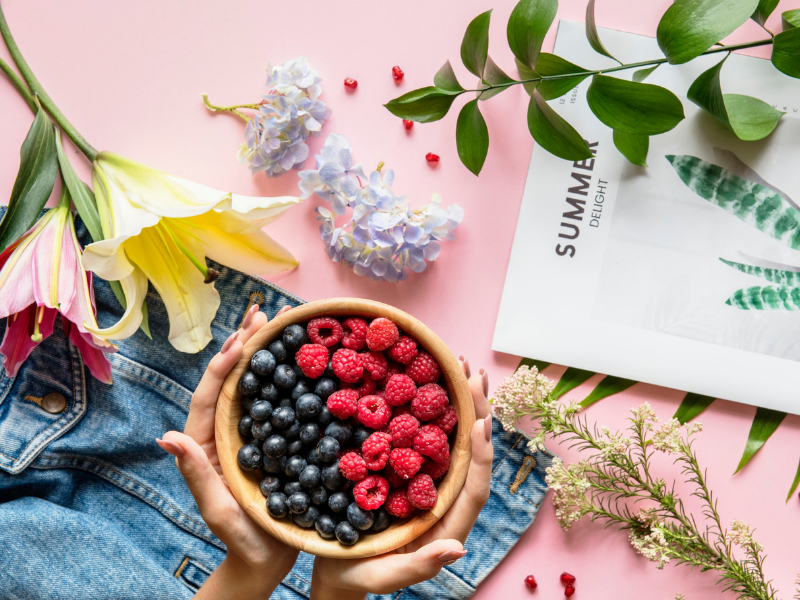The amount of benefits from practicing gratitude is virtually endless. People who have learned how to practice gratitude regularly by taking time to notice and reflect upon the things they’re thankful for experience more positive emotions. They even sleep better, express more compassion and kindness, and have stronger immune systems.
And here’s the thing, gratitude doesn’t have to be reserved only for those momentous occasions. Of course, you can express gratitude after a promotion at work, but you can also be thankful for a delicious piece of pie.
Here are a few key things I’ve discovered that will help you not only to learn how to practice gratitude every day, but to maintain it for the long haul.
Freshen Up Your Thanks
I think the best way to learn how to practice gratitude and reap the benefits from it is to notice new things you’re grateful for every day. Gratitude journals work because they slowly change your perception of situations by adjusting what you focus on.
Let’s say you’re thankful for your family, just writing “I’m grateful for my family” week after week doesn’t keep your brain alert for other, “fresher” grateful moments. Try and get more specific with it by writing “Today my sister invited me over for dinner so I didn’t have to cook after a long day at work.” Really try to stretch yourself past the great stuff right in front of you.
Opening your eyes to more of the world can deeply enhance how you practice gratitude every day. You can even make it a kind of game to notice new things each day.
Meditation is important!
Here are some awesome reasons why you should practice…
Get Real About Gratitude Practice
Learning how to practice gratitude every day can seem like a daunting task, but it’s all about how you perceive it. Being excited about the benefits of gratitude is great because it kind of jump starts you to start making changes.
When we have a goal we want to achieve, there’s a technique to use known as mental contrasting, which means to be optimistic about the benefits of a new habit while also being realistic about how difficult forming the habit may be. This helps you to exert more effort.
You need to recognize and plan for the upcoming obstacles that may get in your way. For example, if you tend to be exhausted at night, just accept that it may not be the best time to focus for a few more minutes and you should schedule your gratitude practice for the morning.
Keep Thankfulness Fun By Mixing It Up
Do not limit yourself, especially when trying to practice gratitude every day. If journaling is starting to feel a little stale, try some new and creative ways to track your grateful moments.
A great idea I’ve found is a gratitude jar. Any time you experience a poignant moment of gratitude, write it down on a piece of paper and put it in a jar. On New Year’s Eve, empty out the jar and review everything you wrote. You’ll find yourself noticing the smaller things that you’re grateful for and having more meaningful experiences and memories.
Balance is vital!
You must find ways to balance your personal and professional lives. Here we tell you how…
Be Social With Your Gratitude Practice
Relationships with others are the greatest determinant of happiness in our lives. So it makes sense to think of others as we learn how to practice gratitude. Robert Emmons suggests that when we focus our gratitude on people for whom we’re thankful rather than material items we enhance the benefits we experience. And, while you’re at it, go ahead and include others directly into your expression of gratitude.
A great activity to try involves writing a gratitude letter to someone who’s had an impact on you whom you’ve never properly thanked. Another thing you could try is sharing the day’s grateful moments around the dinner table. Who knows, the conversations that follow may give you a few more reasons to give thanks.
Incorporating gratitude into your life is easy, rewarding and a lot of fun!



